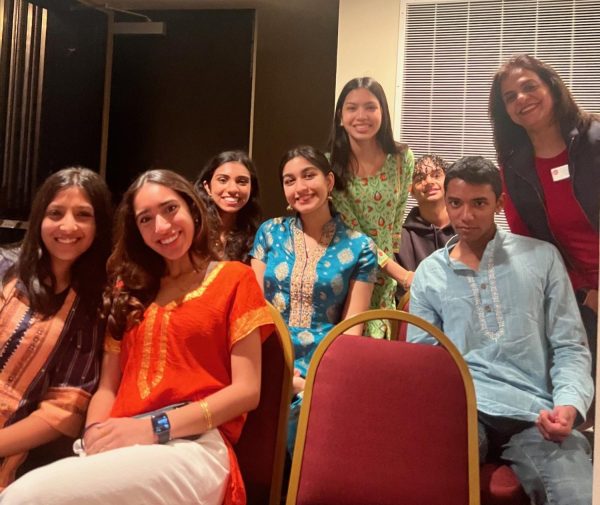Idaho University murders create obsession, anxiety among students
In November, four students at Idaho University were murdered. The popularity of the case on social media led to an amateur obsession with solving the case.
February 24, 2023
While waiting for her DoorDash order, Xana Kernodle, a 20-year-old marketing student at the University of Idaho, was scrolling through TikTok around 4 a.m., hungry after a night out. She and three of her friends were later found dead less than twenty minutes after her food had arrived.
On Nov. 13, Kernodle, Madison Mogen, Kaylee Goncalves and Ethan Chapman were all brutally stabbed to death in an off-campus rental home in Moscow, Idaho. A masked intruder entered the home and killed the four students with a fixed blade knife. The knife sheath was later discovered at the crime scene.
Just over a month later, authorities arrested Bryan Kohberger, a 28-year-old graduate student and teaching assistant at Washington State University. He was charged with four counts of murder and one count of felony burglary.
News of the quadruple murder spread rapidly, sweeping through the once-sleepy college town and the rest of the country via news articles and social media. True crime fans’ posts about the murders gained traction across numerous social media platforms, creating a viral following of the story.
The popularity of the case on social media led to an amateur obsession with solving the case. Although the police eventually found the murderer, aspiring investigators, including some who even went to the house in search of evidence, caused more chaos and distress in the area.
As time passed, posts on social media detailing the basic facts and background of the case dwindled. At the same time, rumors and assumptions about suspects increased, overdramatizing the case and blaming innocent people.
“I think people on social media definitely blamed a lot of people that were not responsible,” said freshman Kiran Rio, who heard about the case on TikTok. “They thought that they had the case and that they knew what was happening when they really didn’t.”
Two of the roommates slept through and survived the murders, and one of them, Dylan Mortensen, watched Koehburger walk past her after carrying out the murders. Many accusations toward the two surviving roommates continue to circulate despite the traumatic experience they had to endure.
“The roommates are going to remember that for their entire lives and might blame themselves for not being able to save their friends,” Rio said. “People going online and saying that they had something to do with it is really harmful to them and their families.”
Since social media has risen to prominence, news has been able to spread wider and at a much faster rate.
“In the ‘90s, we just had newspapers, local and cable news, and if something made it on your news channel and you happened to be watching it or reading the paper, then you were going to know about it, and if you didn’t, then you weren’t in the know,” Psychology teacher Amy Malin said. “Now, if something happens, it’s just immediately spread to everybody on all sorts of platforms feeding into the perception that crime happens more frequently than it actually may.”
Though some people wanted to hear about this case for safety concerns, others had a different intention of what they wanted to do with the information released by the police.
“I have seen people become emotionally connected to a case and become obsessed with it, but it’s not their job to be obsessed with it because it isn’t their place, and it isn’t a healthy thing to do,” Rio said.
These horrific murders have further highlighted talk of safety concerns regarding off-campus living for college students. The fine line between equal safety and security for all students has become blurred due to increased off-campus living.
For college freshmen with the idea of living off-campus looming on the horizon, this case hit too close to home.
Rice University freshman and former St. John’s Review Executive Content Editor Indrani Maitra may have to find a place to live near Rice for sophomore year once she moves out of her dorm. Big cities like Houston are far different from the small town of Moscow, Idaho, but the possible danger of living off-campus is just as relevant.
“At Rice, getting campus housing can be tricky, but I feel like I would feel a lot safer living on campus than I would in an off-campus apartment. This whole thing just makes the whole prospect a little scarier,” Maitra said. “What’s scary is that you don’t have a lot of control over what happens.”
























